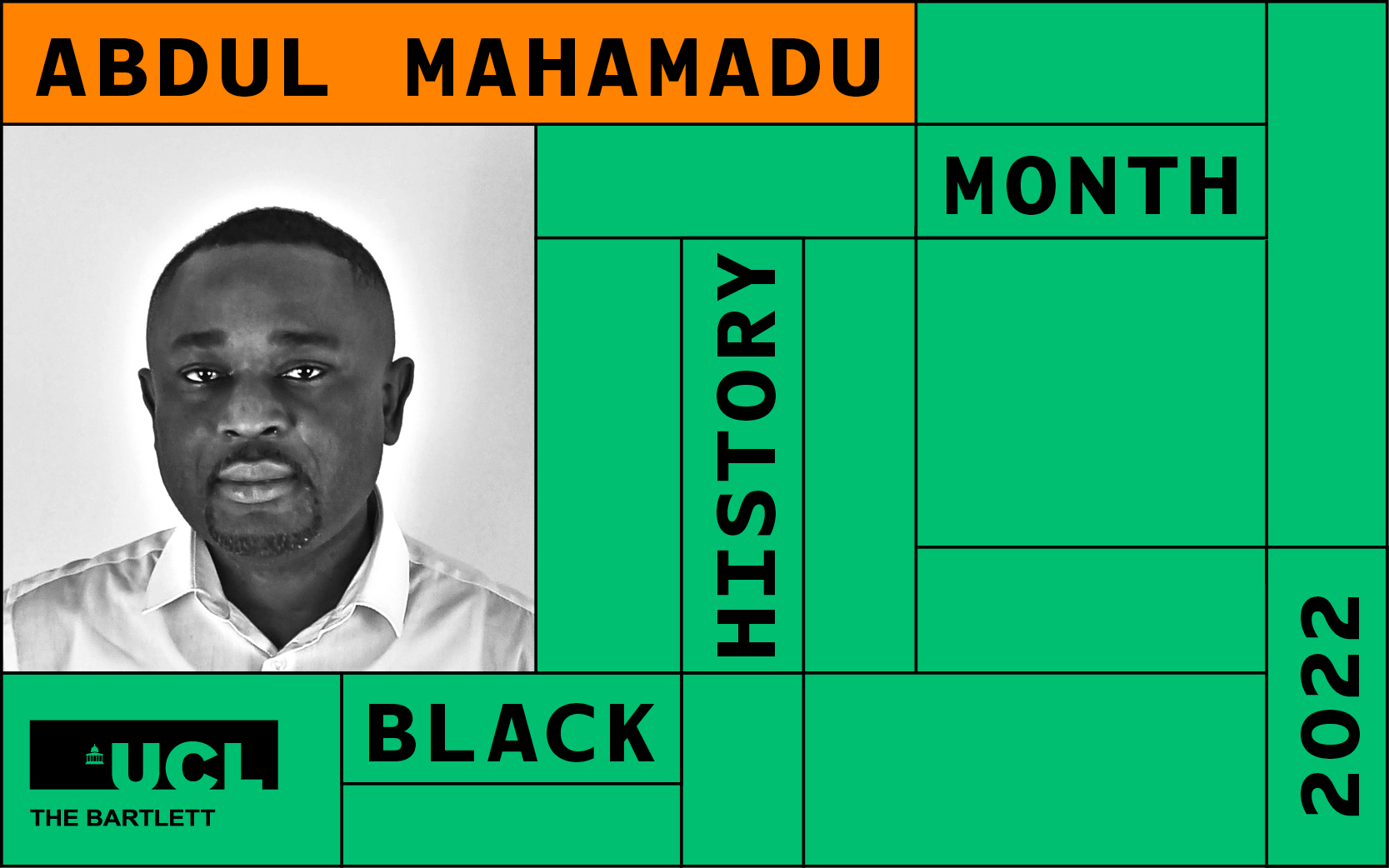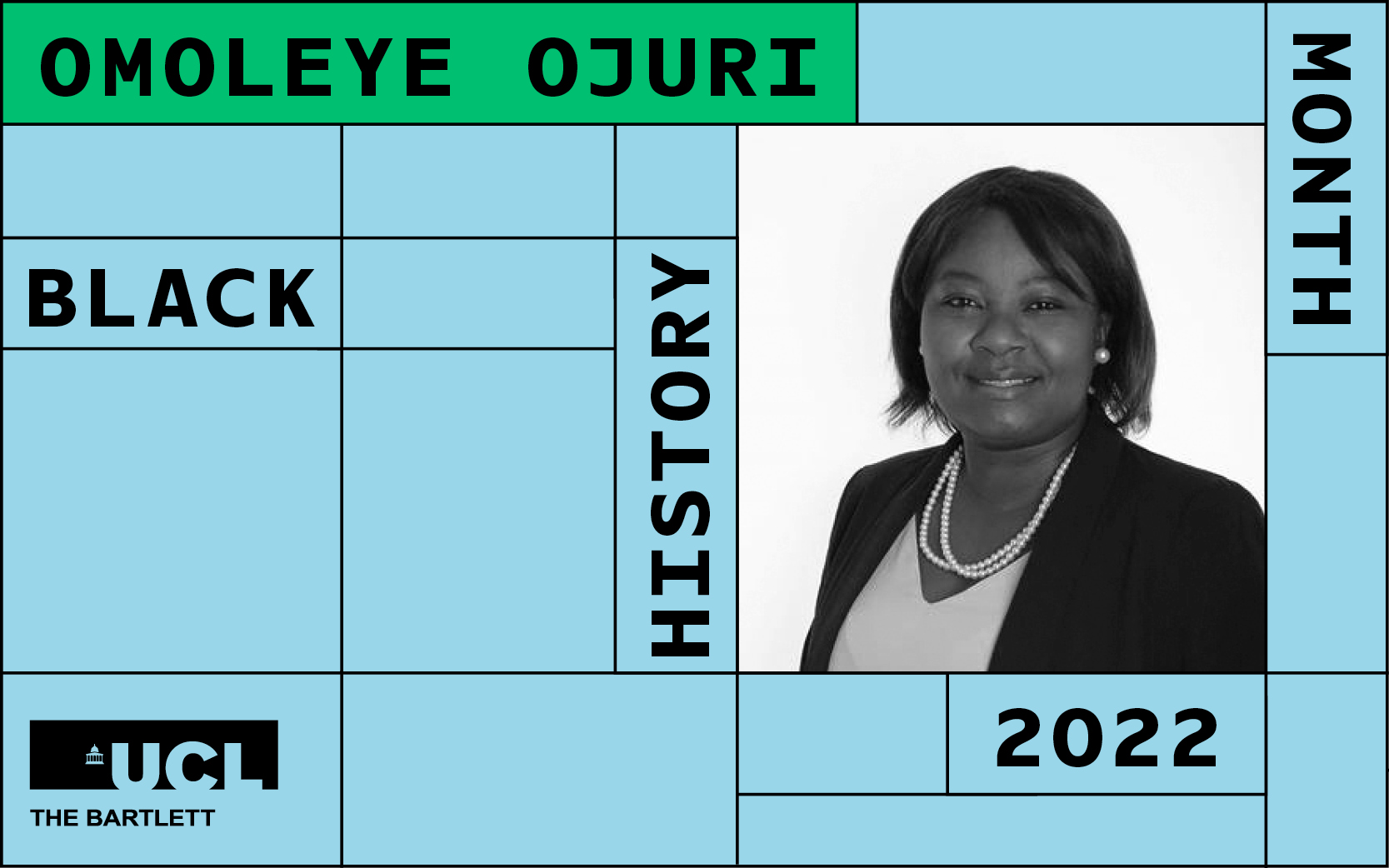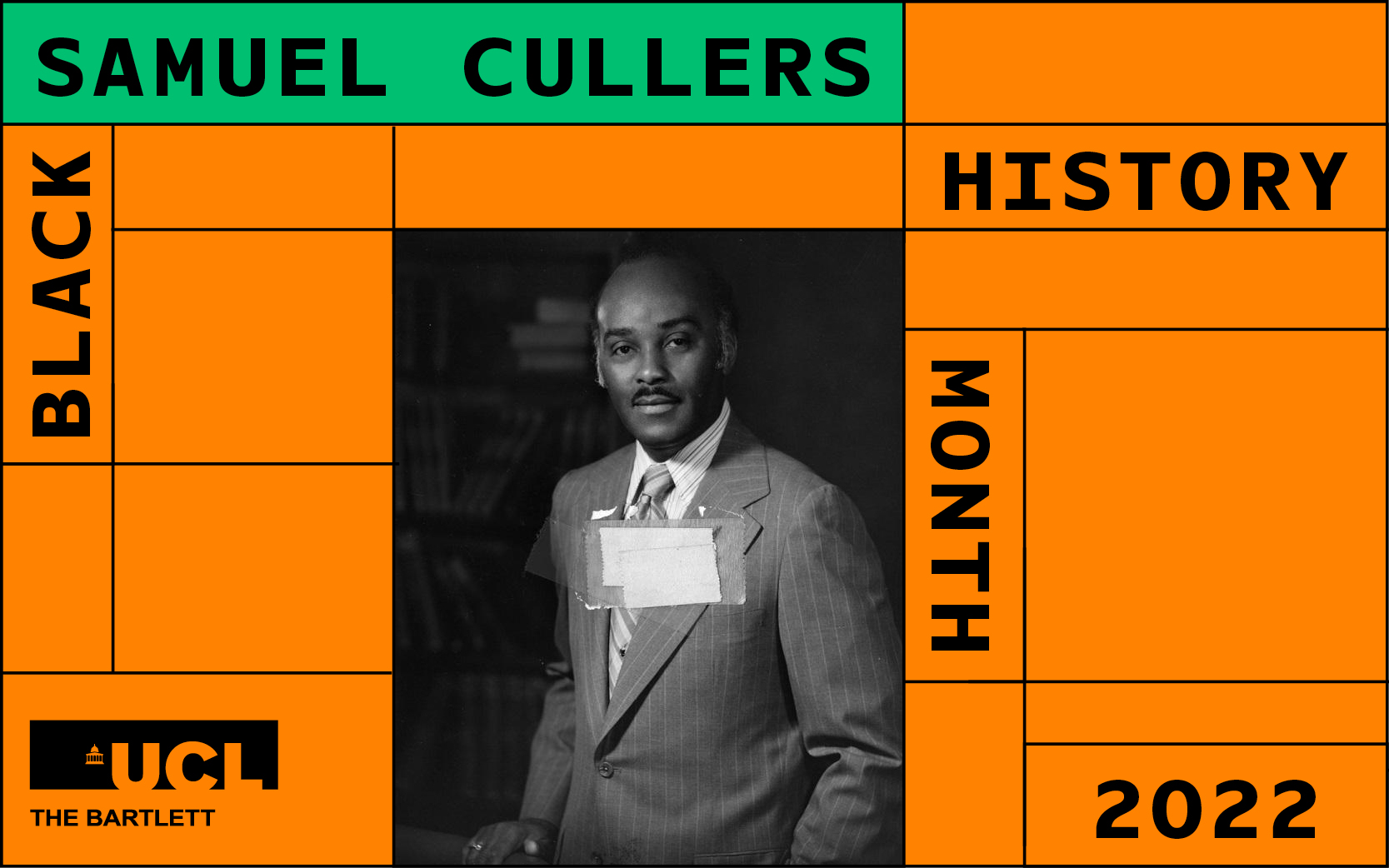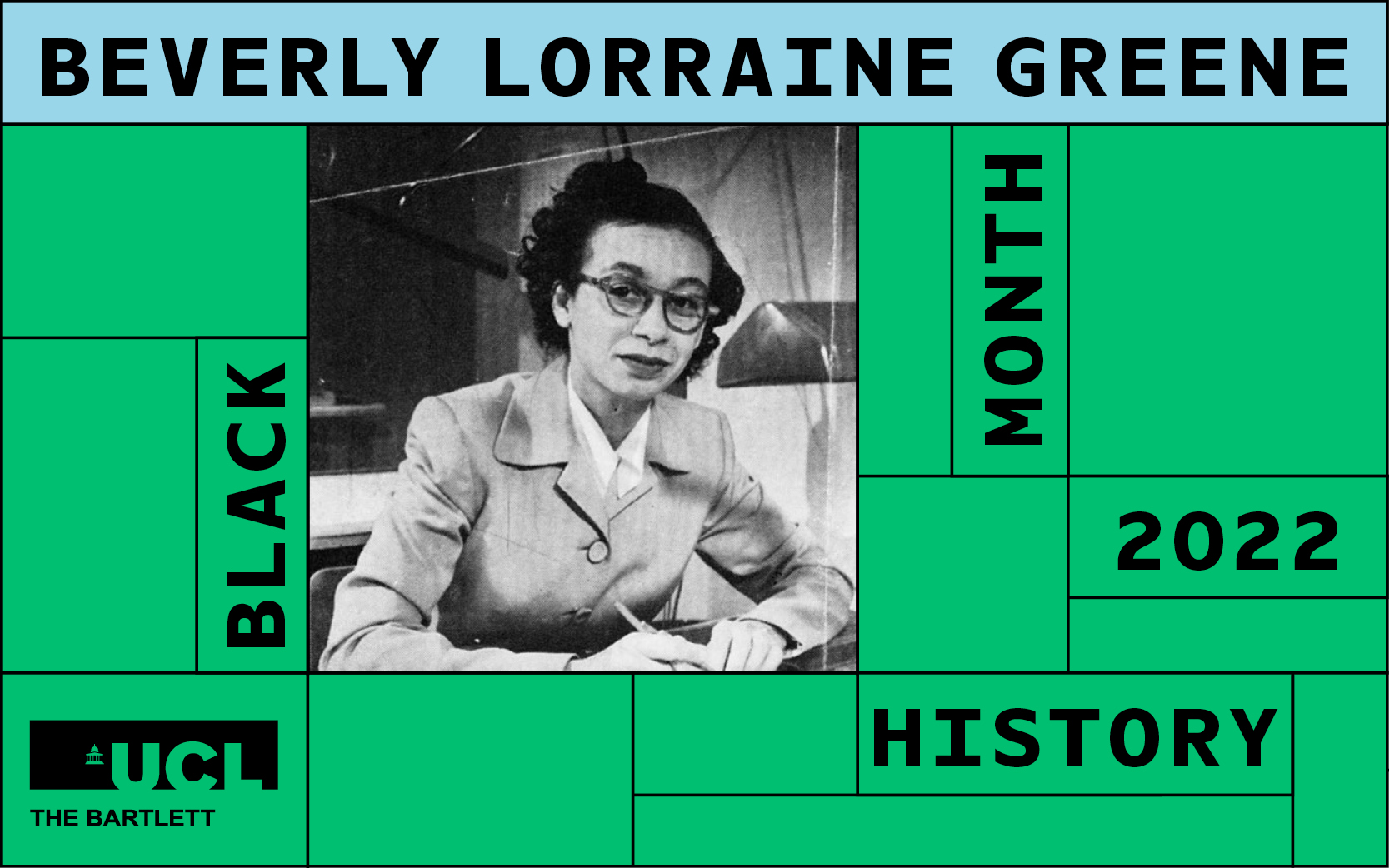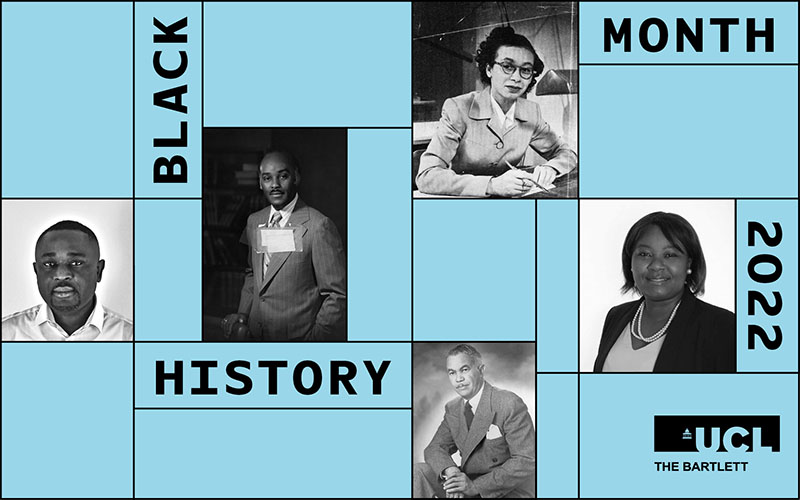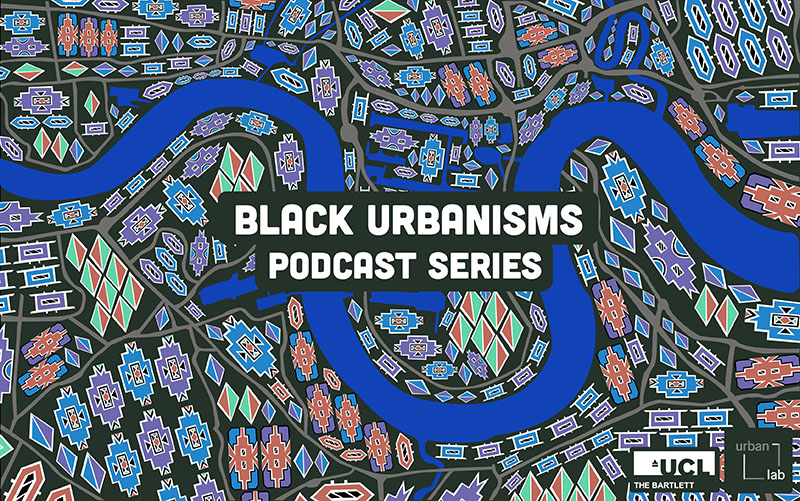Shaping 20th century America: Paul Revere Williams

In Black History Month 2022 we highlight historic Black figures who have shaped the built environment field.
Paul Revere Williams designed over 3000 buildings over the course of his career, including designing homes for movie stars and millionaires in Southern California. His work had a significant impact on modern Los Angeles, and he took on projects that would improve lives in the Black community.
What was his background, and how did he come to work in this area?
On February 18, 1894, Paul Revere Williams was born in Los Angeles to parents Chester Stanley and Lila Wright William. He and his brother were placed in foster care after their mother and father both passed away from the same illness—tuberculosis—in 1896 and 1897, respectively. He was eventually adopted by C.I. Clarkson and his wife. As a child, Williams always knew he wanted to be an architect. He attended an elementary school where he was the only African American pupil.
He later worked as a landscape architect for Wilbur Cook, Jr. after completing his studies at the Los Angeles School of Art and Design and the Los Angeles branch of the New York Beaux-Arts Institute of Design Atelier. He attended the University of Southern California from 1916 to 1919 where he acquired a degree in Architectural Engineering. He also designed several residential buildings while he was a student there.
Williams won an architectural competition at age 25, worked for Los Angeles architect John C. Austin from 1921 through 1924, eventually became a chief draftsman, and established his own office.
What work did he do, and why was this so important for the built environment field at the time?
Williams was renowned as an excellent draftsman. In the 1920s, many of Williams' white clientele found it unsettling to sit next to a Black man, so Williams developed the talent of rendering drawings ‘upside-down’. He learnt to sketch upside-down so he could stand across from his clients' desks and have them view his upside-down drawings.
In his lifetime, Williams designed over 3000 buildings, the majority of which were in and around Los Angeles but also around the world.
Williams, also known as ‘architect to the stars,’ constructed mansions in Southern California for movie stars and millionaires, including Frank Sinatra's former hilltop estate on Bowmont Drive, Lucille Ball and Desi Arnaz's sprawling home in Palm Springs, and French restaurateur Rene Faron's American Colonial-style residence in Silver Lake, California.
All these properties had a significant impact on the development of modern Hollywood. Many of Los Angeles' most recognizable structures, including the Beverly Hills Hotel, the original MCA Headquarters Building, and LAX Airport, were the work of Williams. The Los Angeles Superior Court, St. Jude Children's Research Hospital, and the Golden State Mutual Life building in Los Angeles are some of his most notable public constructions.

He was the driving force behind the Beverly Hills location of Saks Fifth Avenue store and oversaw a $3 million, major makeover of the Beverly Wilshire Hotel. Similar to this, he directed the Beverly Hills Hotel's renovation, which was anchored by the $1.5 million Crescent Wing.
Outside of Los Angeles, Williams created projects like the remodeling of a variety of structures and areas for Howard University, including the halls that house the dentistry school, architecture and engineering college, and men's dormitory, as well as designing two hotels in Colombia, one in Medellín and the other in Bogotá.

Williams once assisted Wallace Neff, a fellow architect and friendly opponent, in creating designs for a massive Las Vegas complex that would include 1,000 Airform structures—compact, durable prefab dwellings that would take little time and money to build. And two Nevada tech firms, Lockheed, and Guerdon Industries, later requested his assistance in creating an automobile substitute transit system, which prompted the architect to create the future monorail known as the SkyLift Magi-Cab. Unfortunately, none of the projects got created.
Williams also collaborated with Hilyard Robinson to build the Langston Terrace Dwellings in Washington, DC, which is now listed on the National Register of Historic Places in 1987.
The irony surrounding Paul Williams' architecture career is that he was not allowed to dine at the restaurants and hotels he designed or legally reside in the areas where he built homes because of his race.
Williams undoubtedly single-handedly shaped a significant portion of the built environment field at the time as well as the contemporary urban landscape, leaving an indisputable mark on the West Coast with his creation of about 3000 buildings.

How does his contribution impact the built environment field today? What does this mean for Black people around the world today?
Significant elements of Williams’ design, which were avant-garde when he used them from the 1920s to the 1970s, are still used in today’s modern structures. Some of these are retractable screens that are hidden and a patio that is an addition to the house. Williams is also renowned for his use of curves to create cozy spaces or ornate staircases to make a room feel grand – ideas that are still popular.
Williams is the first Black licensed architect west of the Mississippi. He became the first Black architect to become a member of the American Institute of Architects (AIA) in 1923, and in 1957 he was inducted as the AIA's first black fellow. He was one of the most successful Architects of his time.
Guardian Angel Catholic Cathedral, Las Vegas, Nevada
Williams’ work made a significant contribution to the development of the Los Angeles landscape and made superior design accessible to everyone, regardless of race.
Williams decided to work on projects that would improve the Black community after he had established himself. He created everything from banks and churches in communities with a high concentration of Black people to cheap homes for Black World War II veterans.
Williams’ will to move on despite racism and obstacles was demonstrated by the way he turned his drawings upside-down so as not to disturb his white clients. Because Williams was not sure if everyone would want to shake a black man's hand, he frequently clasped his hands behind his back. He therefore offered them the chance to raise their hands first.
“Your own people can't afford you, and white clients won't hire you”, Williams was warned by his tutors. Nevertheless, Williams chose to persist, trust in himself, make a name for himself through his brilliant creations and pave the road for future Black architects to emerge.
Williams’ metamorphosis from a young black man with big goals to one of the most successful Black architects during a period when laws prohibited Black people from advancing economically provides an inspiration and adds to the voice of Black brilliance in the contemporary world.
References
Williams R. Williams - Wikipedia
Williams Williams: The Trailblazing Black Architect Who Helped Shape L.A.: NPR
PHOTOS: New Book Honors Williams R. Williams, Pioneering Black Architect: The Picture Show: NPR
Williams Revere Williams - Designing Buildings
Hollywood's Architect — The Williams R. Williams Story (hollywoodsarchitect.org)
 Close
Close


